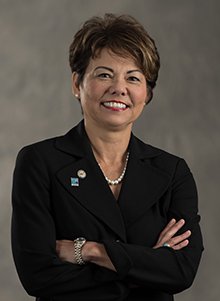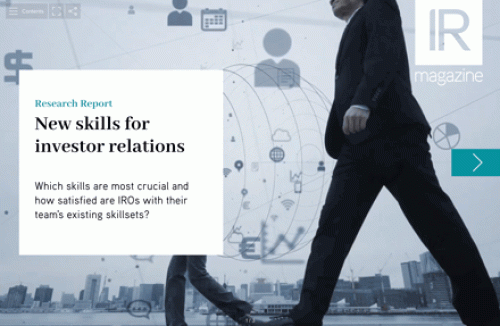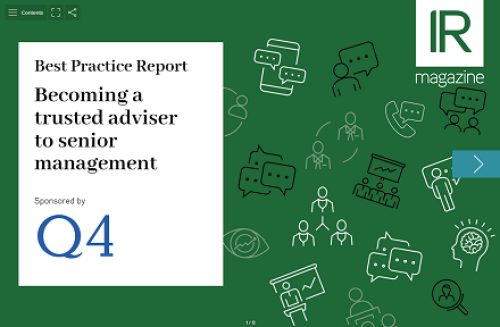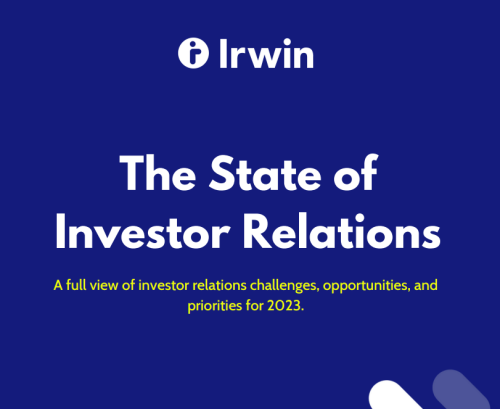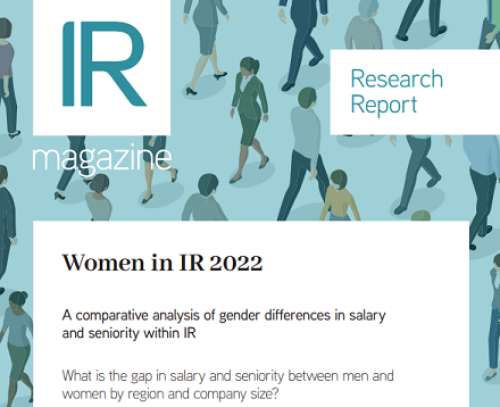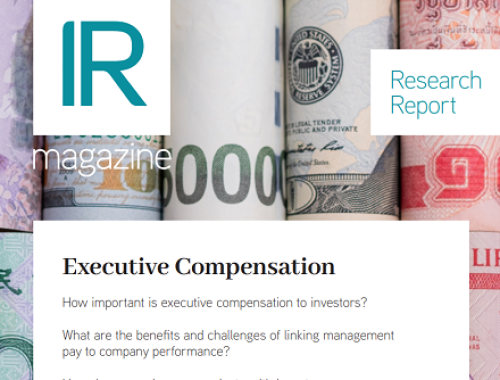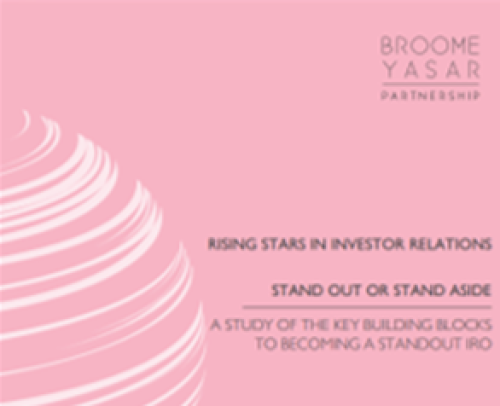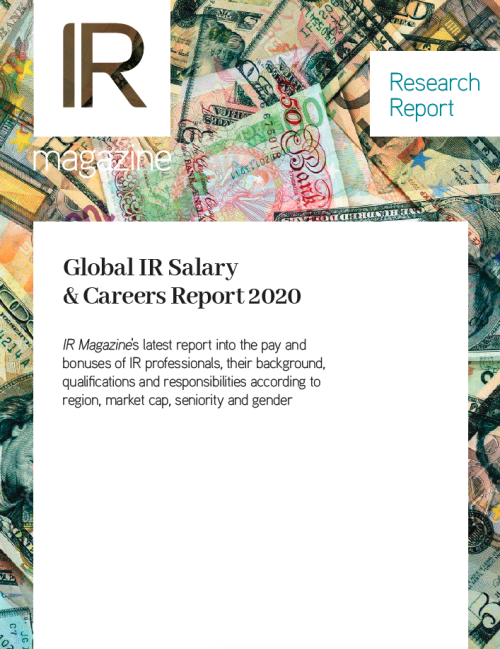Deborah Pawlowski has more than 30 years’ experience in management, strategic planning, IR, marketing and communications and set up her consultancy – Kei Advisors – just as Reg FD came into force in 2000. A military graduate, Pawlowski is an active member of the IR community, having held a NIRI board seat and been president of the NIRI virtual chapter (she remains advocacy ambassador for the virtual chapter). She even took – and passed – the inaugural NIRI Investor Relations Charter exam in March 2016.
|
Deborah Pawlowski, Kei Advisors |
Here Pawlowski shares her thoughts on how the profession has changed, where it’s going in the future and what Reg FD really meant for IR.
What has been the biggest change in IR during the course of your career and how has this shaped the profession?
Without question, the major driver of change for the IR industry over the last nearly 30 years has been technology. And that change has manifested itself in many forms, and evolved many times over the years. Technology enabled significantly larger quantities of information to be shared at lightning speed. Does anyone even recall the requirement to allow sufficient time after a release had crossed before you could talk with investors about it?
The internet completely changed the distribution of information. There was a time when the wire release could contain only revenue – the wires didn’t want to be overloaded with everyone’s news. So the ‘real’ release was faxed to the investment community.
Technology is also the reason why demand for information has increased – the power of spreadsheets is light years ahead of Lotus 123 of yore! The ability to store, sort and analyze information has massively advanced with technology to the point where we are now seeing artificial intelligence at work.
Technology will define our future as well – our audience, information needs and the opportunities created for closing the gap of understanding that is inherent in the interpretation of value.
What have been the most positive changes you have seen in investor relations?
The rise and expansion of the profession globally. There has been a significant increase in the understanding of the critical nature of the role and a broader recognition from corporate management that the IR professional is not an event manager or administrator, but a strategic consultant. And this is a global phenomenon.
Likewise, within the profession itself, investor relations professionals are recognizing their responsibility to increase their education and knowledge to help drive the profession to the C-level equivalence it commands.
What are the most negative changes you have seen in IR?
The increased misinterpretation by investment bankers, analysts and portfolio managers, especially as Wall Street shrinks, of IR professionals’ role. This has led to an uninformed assumption that their skill sets and experience easily transfer to corporate or consultative IR.
I attribute that misinterpretation to the changed compensation structure over decades, which the IR profession unfortunately fed. As corporate access and conferences increased, investor relations developed an increasing dependency on the sell side and a juggling of invitations, and less of a proactive effort to identify and directly reach out to the buy side. I believe the direct outreach to the decision-makers provided credibility and established a different, stronger relationship between the IR professional and the investment manager.
Perhaps Mifid II will play out in our favor from that respect. With that, CEOs and CFOs will have to be retrained in their thinking regarding what defines a successful IR program. The number of analysts covering a company needs to be diminished as a metric.
For you, what has been the most stand-out article to appear in IR Magazine over the years, and why?
I will never forget the cover of the summer issue in 2000, published soon after I started Kei Advisors on July 1. Reg FD became effective in August and the cover displayed men and women in suits with briefcases (yes, stiffer dress codes back then) falling out of the sky (like jumping from buildings circa 1929) with the leading headline asking whether this was the demise of IR. It did not look like a good time to start an IR firm!
If I remember correctly, however, it supported my thesis that, in fact, Reg FD had elevated the role of the IRO: who was better suited to recalling what had and had not been disclosed? We also instituted the two-man rule for meetings, which enabled us as consultants to engage more frequently and directly with management on the road and it increased the recognition that IR professionals possessed significant regulatory knowledge.
Our capital markets knowledge began to come more fully to light as well – how do our ‘customers’ make money, what motivates them as individuals and what are their compliance obligations? So while it was a dramatic cover and certainly caught attention, IR Magazine’s in-depth knowledge of the profession enabled the recognition of the IR professional’s inherent value.
As IR Magazine builds up to its 30th anniversary issue – the upcoming winter 2018 issue, which will be the 279th edition of the industry’s flagship magazine – we’ll be posting more throwbacks to old covers, revisiting some of the hot topics from the past 30 years of investor relations and hearing from some of the industry titans.
You can look back over old covers and keep track of all things 30th anniversary at our dedicated hub.
